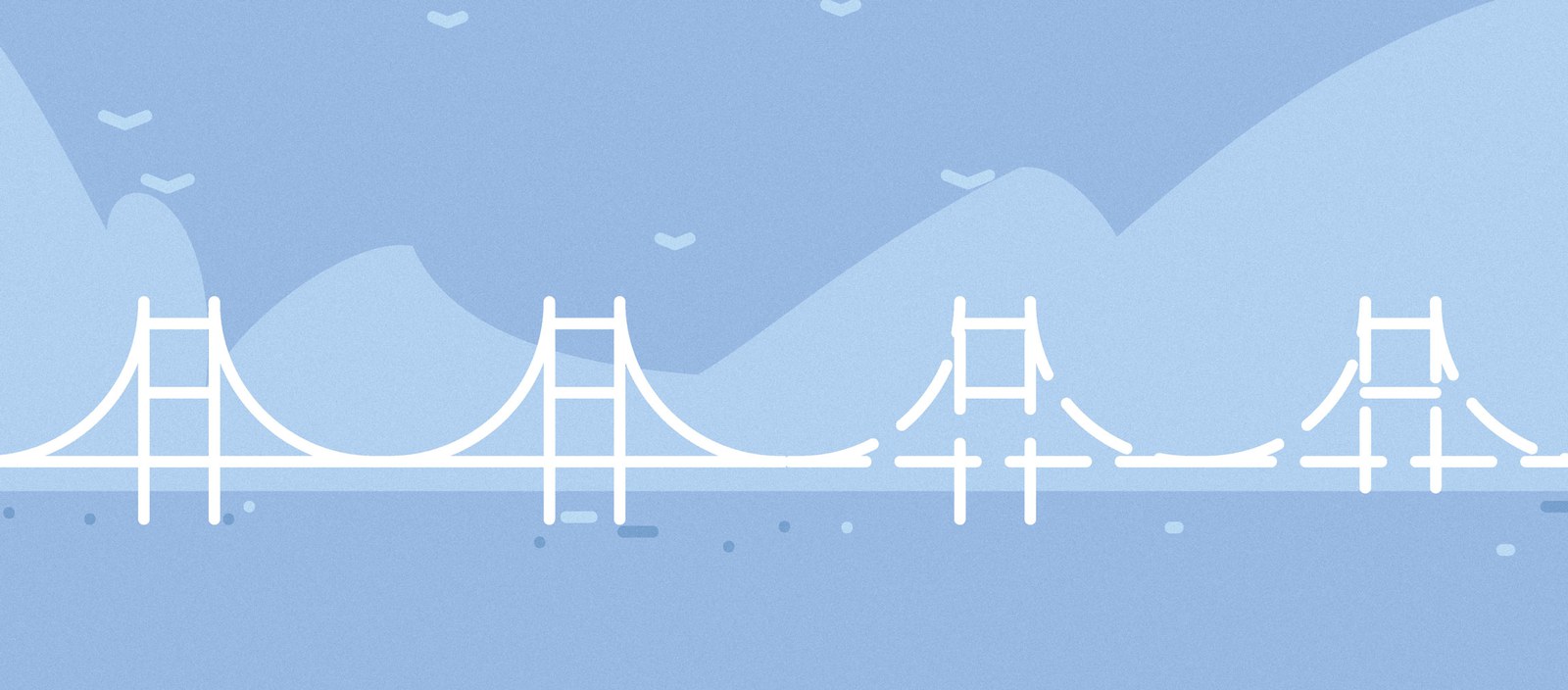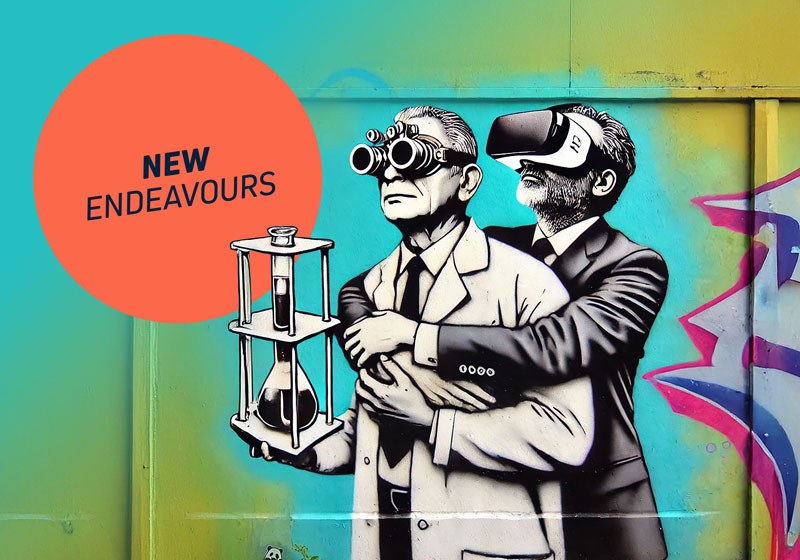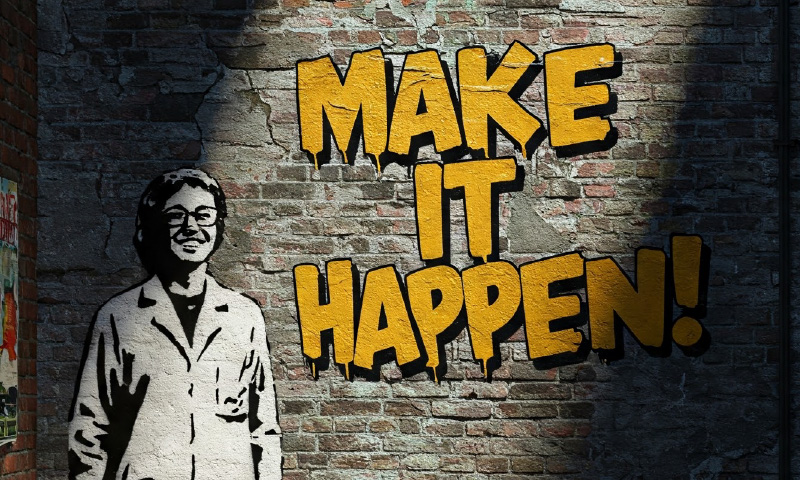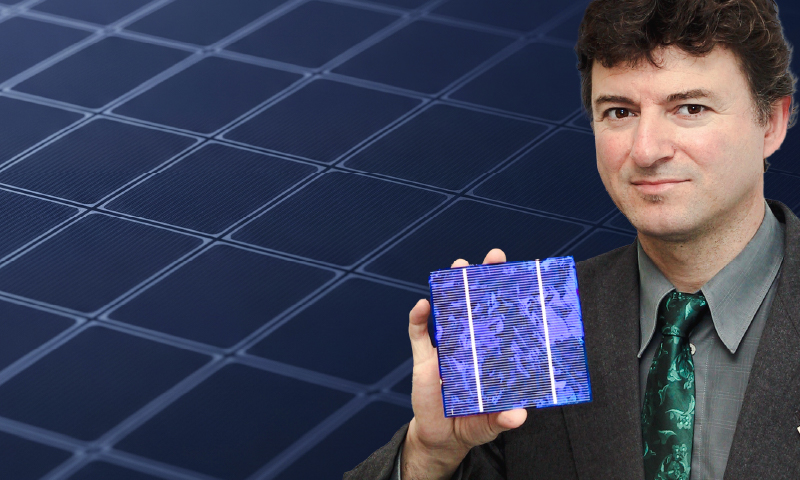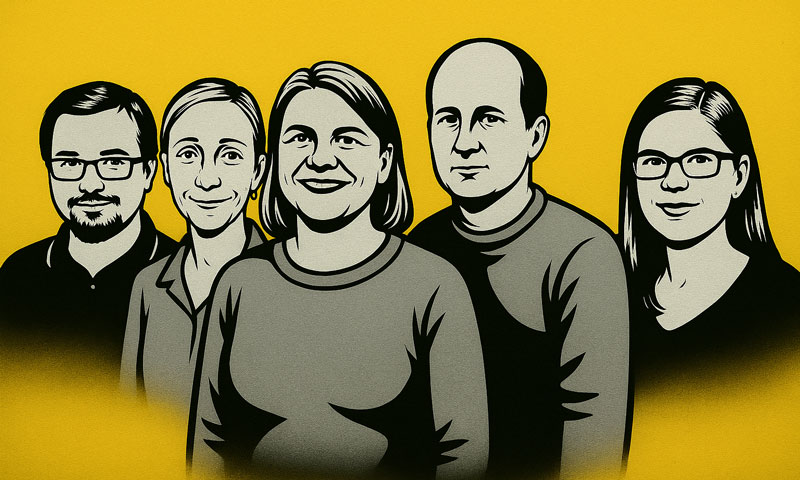Bridge Builders
Co-Creation – Portrait
Where science and industry meet, space for innovation is created. Two people are building a bridge between them: Prof. Estela Suarez and Prof. Andreas Peschel. Their approach is called co-creation: collaboration on equal footing.
May 2025
Out of the box
Research must benefit society. From the perspective of supercomputing expert Estela Suarez, this is essential. Her goal is to translate theoretical results into practical applications. Therefore, she alternates between scientific work at the Jülich Supercomputing Centre (JSC) and activities in industry. Currently, she is on a sabbatical year working at SiPEARL, a European manufacturer of processors for high-performance computing. There, she both contributes her experience from the JSC and gains new perspectives for her research.
Estela Suarez researches on innovative system architectures for HPC
Despite the different requirements and approaches of science and industry, she sees an important commonality: “When it comes to developing technologies, both want the same thing – to create something new.” However, the paths to get there differ, and failure is viewed differently as well. That’s why she considers it important to communicate openly and build mutual understanding.
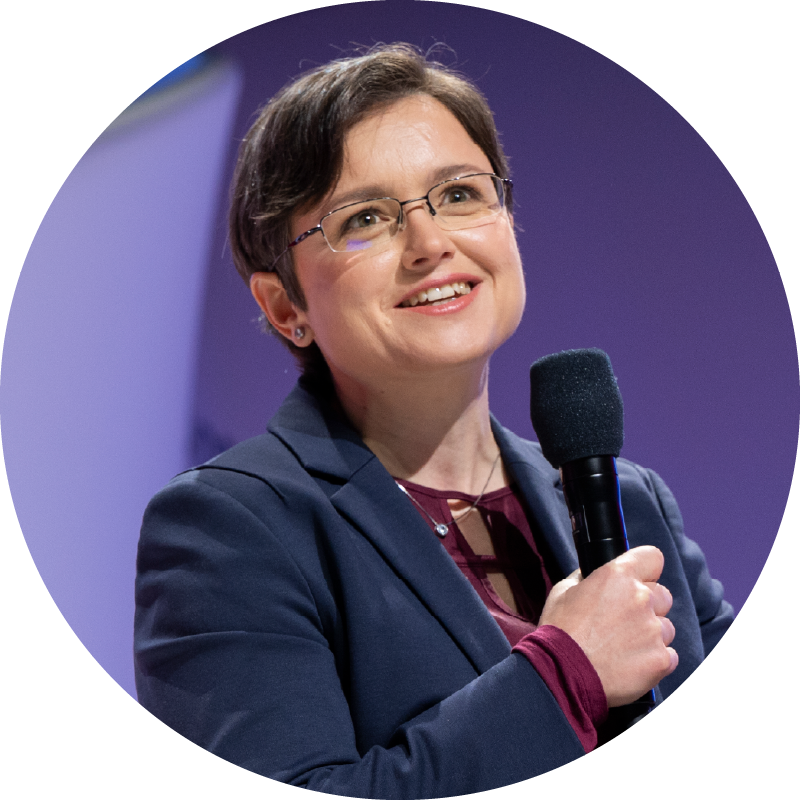
»Trust is the key to successful collaboration.«
Prof. Estela Suarez
Head of Department at the Jülich Supercomputing Centre (JSC)
Co-Creation – the ideal approach
“Cooperations mostly fail due to poor communication,” warns Suarez. Transparent conversations create trust—and ensure that innovation doesn’t remain stuck in theory. “We need strong relationships between science and industry. That’s why even more researchers should gain experience in industry. Only through this dialogue do products emerge that meet users’ needs,” says the researcher.
Co-creation is ideal for this—exchanging requirements, sharing experiences, and improving together. This is especially true for emerging technologies like quantum and neuromorphic computing. Industry must keep an eye on these technologies, even though their potential may only materialize in the future. “Those who act early secure technological sovereignty,” emphasizes the computer expert.
At home in two worlds
For Andreas Peschel, technological development and practical implementation are inseparable. “An idea only becomes an innovation when it works and is used,” emphasizes the director of the Process and Plant Engineering division for chemical hydrogen storage at the Institute for Sustainable Hydrogen Economy (INW-4). After completing his doctorate, he initially moved into industry, focusing on the development and transfer of hydrogen technologies from research to market. Today, the process engineer brings this experience to the INW. His motivation: to find solutions that are not only technically feasible but also applicable.
New Director at the Institute for Sustainable Hydrogen Economy
"We need more openness – and people who build bridges."
Prof. Andreas Peschel
Director at the Institute for Sustainable Hydrogen Economy (INW)

According to Peschel, successful collaboration between science and industry requires openness and understanding for each other’s perspectives. Both systems have different requirements—such as funding conditions on one side and management objectives on the other. They also follow different approaches: while science investigates underlying relationships, industry asks practical questions: Is it affordable, feasible, useful? “Fundamental research meets market pressure, long-term thinking meets rapid implementation. It is precisely these contrasts that make the collaboration exciting,” says Peschel.
Openness to career paths
A current project at the INW is the development of load-flexible plants for ammonia and methanol production—important basic materials for industry. “This shows how collaboration opens new paths. If we succeed in connecting the two worlds, true co-creation emerges: science provides ideas and materials, industry brings them into application,” says Peschel. He advocates building even more bridges between science and industry. “For this, we need greater openness regarding career paths. In the end, it is always people who build bridges,” emphasizes the process engineer. His own career demonstrates that scientific curiosity and engineering thinking fit together very well.
Collaborating with Forschungszentrum Jülich
Image credit: Julie deBellaing; Ralf-Uwe Limbach, Forschungszentrum Jülich
Dive deeper into the current issue
When research, industry, and society unite their perspectives, they create solutions greater than the sum of their parts.
In the Endeavours magazine, discover how co-creation works — through real stories of collaboration, pioneering spirit, and successful transfer.

